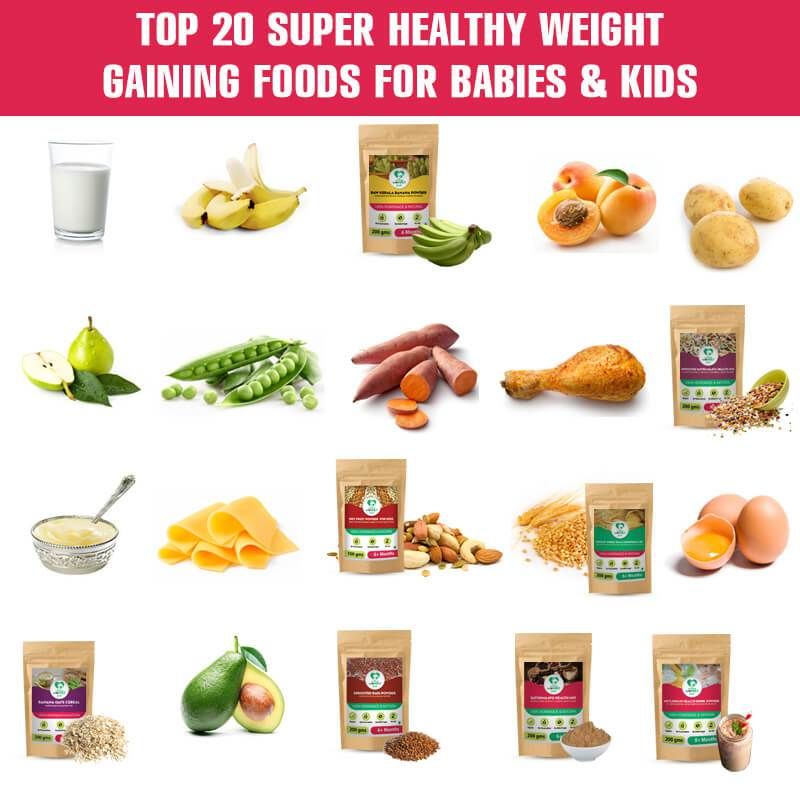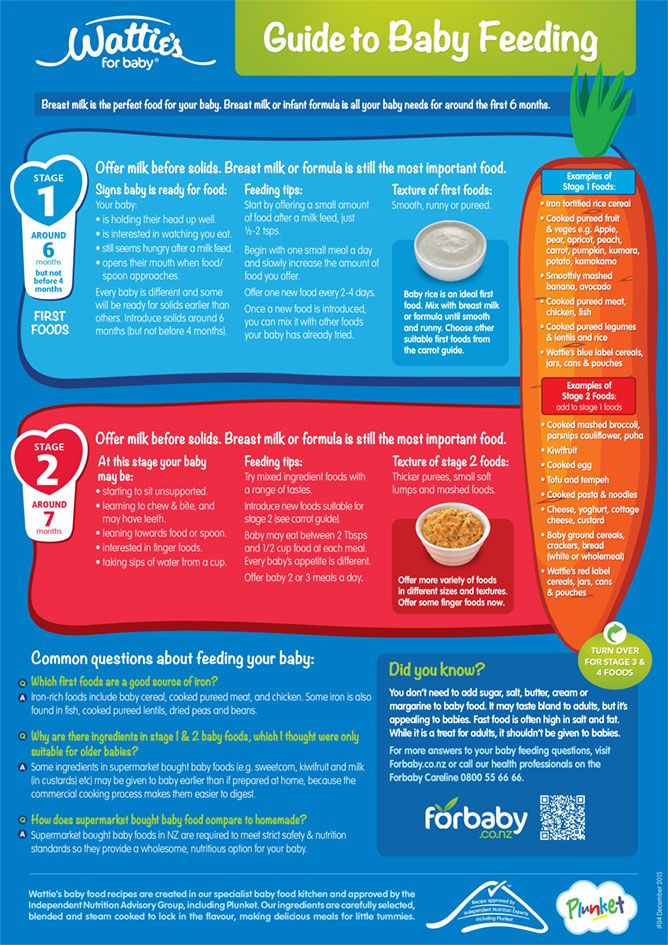Healthy food for 3 year baby
Helping Your 1 to 3 Year Old Child Eat Well
As a parent or caregiver, you can help your child learn important food skills and eating habits. You can also help shape positive attitudes towards food and eating. Healthy eating is about more than just what we eat. It’s also about how we eat.
You and your child have different roles at meal and snack times. Your role is to decide what foods to offer, when to serve them and where. Your child's role is to decide whether and how much to eat from the foods you provide. Respecting these roles helps your child learn how to eat well and makes mealtimes more enjoyable.
What should I offer my child to eat?
Offer your child nutritious foods from an early age to help them develop healthy habits for life. Give your child foods with different flavours and textures. Include a variety of:
- Vegetables and fruits including fresh, frozen and canned
- Whole grain foods such as whole grain pasta and bread, oats, barley and quinoa
- Protein foods such as beans, peas, lentils, nut and seed butters, tofu, meat, fish, poultry, eggs and dairy products
What should I offer my child to drink?
Offer healthy drinks such as breastmilk, plain whole cow’s milk and water. After age 2, other options include skim, 1% and 2% milk and plain fortified soy beverage.
Other fortified plant-based beverages such as almond and oat often have less energy and protein than soy. Only offer them if your child is over 2 and gets enough energy and protein from other nutritious foods.
Offer milk or fortified soy beverage at meals and snacks only, not in between. This helps your child come to the table hungry and ready to eat. Limit to no more than 3 cups (750 mL) each day. Give water between meals and snacks for thirst.
Don’t give sugary drinks like 100% fruit juice, fruit flavored drinks, chocolate milk, or pop to your child. Offer unsweetened drinks instead. This can help your child learn to enjoy the taste of healthy drinks like water and plain milk.
How much food does my child need?
Every child is different. The amount of food they need varies based on their age, activity level, growth rate and appetite. It’s normal for your child to eat more on some days than others. Your child’s appetite can be affected by their mood, their health, the time of day and the food offered. Trust your child’s appetite to guide them on whether to eat and how much.
Your child’s appetite can be affected by their mood, their health, the time of day and the food offered. Trust your child’s appetite to guide them on whether to eat and how much.
Offer your child 3 small meals and 2 to 3 snacks, spaced about 2 to 3 hours apart. Try to serve meals and snacks at about the same time every day. Children who graze all day may not learn how it feels to be hungry or full and can have a harder time trusting their appetite.
What can I do to help my child eat well?
Sit and eat with your child
You are your child’s best role model. Your child will learn about food and eating by watching you. Eating together also provides a time to connect with each other.
Offer new foods often
Offer foods your child likes to eat along with a new food for them to try. Sometimes young children want the same foods over and over again. This is normal and may last for a few weeks or months. Be patient.
Children may need to see, smell and touch a food many times before tasting it. They may taste a food many times before they eat it. Continue to offer new foods and include foods your child has refused in the past.
They may taste a food many times before they eat it. Continue to offer new foods and include foods your child has refused in the past.
Offer the same food in different ways
For example, vegetables can be served raw (chopped or grated), roasted, cooked in soups and pasta sauces, or blended in a smoothie. If your child likes vegetables prepared a certain way, give them other vegetables made that same way.
Let your child feed themselves
Letting your child self-feed is a big part of learning how to eat. They learn by touching, smelling, tasting and looking at foods. Learning to use a spoon and fork takes time. Making a mess is also part of learning how to eat.
Reduce distractions at mealtimes
Turn off the TV, cell phones, tablets and computers. This will help you focus on enjoying time together. It will also help your child listen to their body to know when they are full.
Be aware of pressure
Avoid any kind of pressure on your child to eat.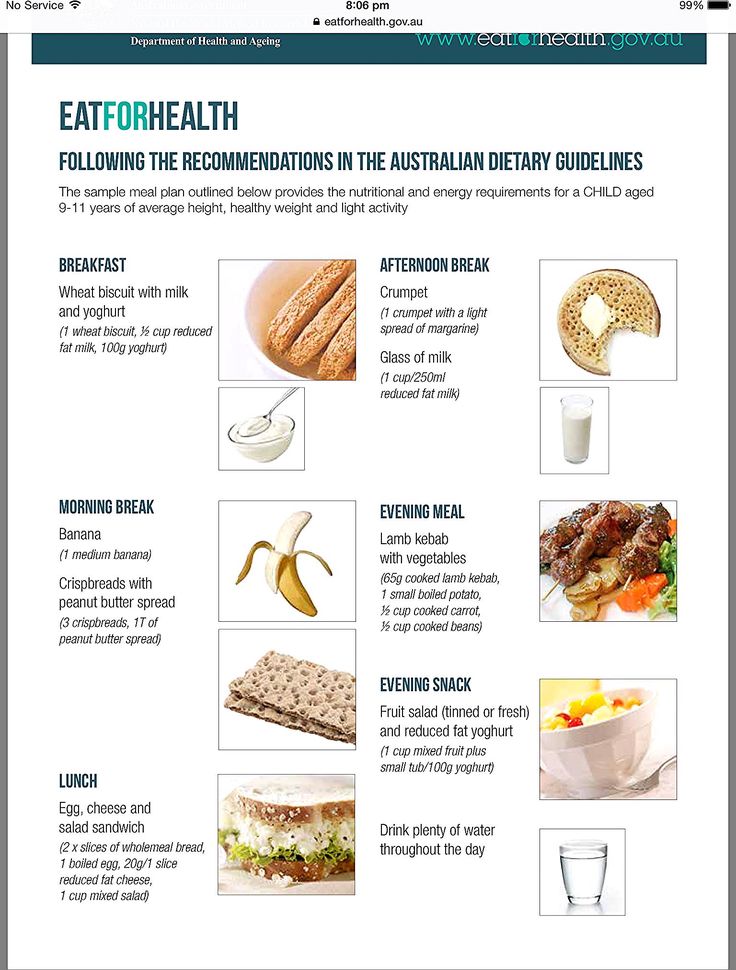 Negative pressure can include punishing, shaming, coaxing or begging. Positive pressure can include encouraging, bribing, cheerleading or praising. This can make your child feel self-conscious and may trigger overeating or not eating at all. All forms of pressure can prevent your child from developing a healthy relationship with food.
Negative pressure can include punishing, shaming, coaxing or begging. Positive pressure can include encouraging, bribing, cheerleading or praising. This can make your child feel self-conscious and may trigger overeating or not eating at all. All forms of pressure can prevent your child from developing a healthy relationship with food.
Involve your child in preparing food
Start teaching your child food skills from an early age. Children aged 2 to 3 years are able to count ingredients, add ingredients to a bowl and wash vegetables and fruits.
What if my child refuses to eat a meal?
Do not make a different meal if your child refuses to eat the one you offer. Making another meal will not teach them to be a healthy eater.
Plan your meals to include at least one food that your child likes to eat. Sometimes this may be the only food your child chooses to eat at a meal and that’s okay. If your child doesn’t want to eat at all, wait until the next meal or snack to feed them again.
For More Information
If you have questions about your child’s food intake or growth, call 8-1-1 to speak with a registered dietitian
- HealthLinkBC File #69e Meal and Snack Ideas for Your 1 to 3 Year Old Child
- Benefits of Eating Together for Children and Families
- Health Canada Involve kids in planning and preparing meals
Easy Feeding Guide: What Three Year Olds Eat
Inside: What do three-year-olds eat? Here’s an easy guide that shows you what foods three-year-olds need to eat to grow and thrive. You’ll leave with a good understanding of what to feed your toddler!
When my first son turned 3, I also had a 1-year-old coming up behind him. I was all toddler-focused and sleep-deprived, but I was doing my best to provide balanced meals (between bowls of o’s).
It may feel overwhelming to feed a three-year-old, after all, maybe they have real opinions about what they have on their plate and whether they will eat it.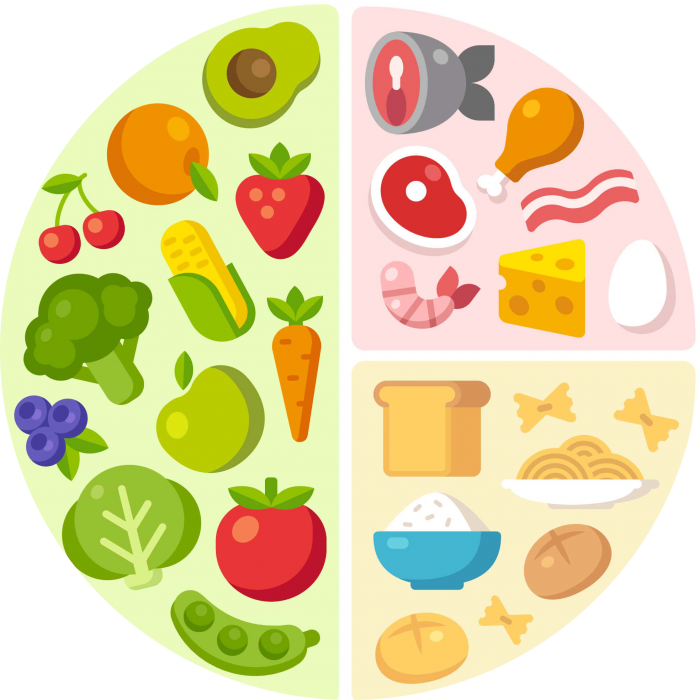 Maybe it seems like your “threenager” toddler, isn’t eating. I want to help you know what to serve your child so that you can feel confident that you are giving them choices that will help them grow and thrive.
Maybe it seems like your “threenager” toddler, isn’t eating. I want to help you know what to serve your child so that you can feel confident that you are giving them choices that will help them grow and thrive.
How Three-Year-Olds Eat
Three-year-olds are amazing. They are playing, learning, and interested in copying so much of what you do. They may have strong opinions about what they will and won’t eat, and that’s actually okay.
They are also increasingly interested in using utensils and learning how they work (even if they still choose to primarily eat with their hands). This helps kids stay interested in meals. You might find adding new utensils to a meal may increase their interest in eating foods.
If your three-year-old is unreliable in their eating, congratulations! They are normal. One day they may eat a lot, one day they may eat a whole pizza. It can be hard to figure out how much to make for dinner, but this is a good sign that your child is listening to how much their body needs to eat.
By now your child needs to be eating table food, meaning, food that the family is eating. Foods like purees, puffs, or “baby foods” should be behind them unless your child has a specific need for these foods. If your child is still unable to eat solid food or eat a variety of textures, it may be time to learn more about help for families with picky eaters.
If you’ve noticed that your three-year-old is becoming increasingly picky, that can be common. Often picky eating emerges in toddlerhood.
Related: Get your Picky Toddler on the Road to Eating More Foods
What Balanced Meals Do Three-Year-Olds Need to Be Served?
Preschoolers and toddlers (sometimes three-year-olds are both, right?) often display love for some foods and hatred toward others. Preschoolers still have small stomachs though. They need balanced options in a feeding schedule or routine to get the nutrients they need and keep them from asking for snacks every 10 minutes.
Here is the magic meal and snack formula that makes it easier to feed your preschooler through all the preschooler issues that you face:
Protein food + fat source + fruit and/or veggie + energy food = balanced meal and snack
Let’s get into each of these so you know which foods are in which categories.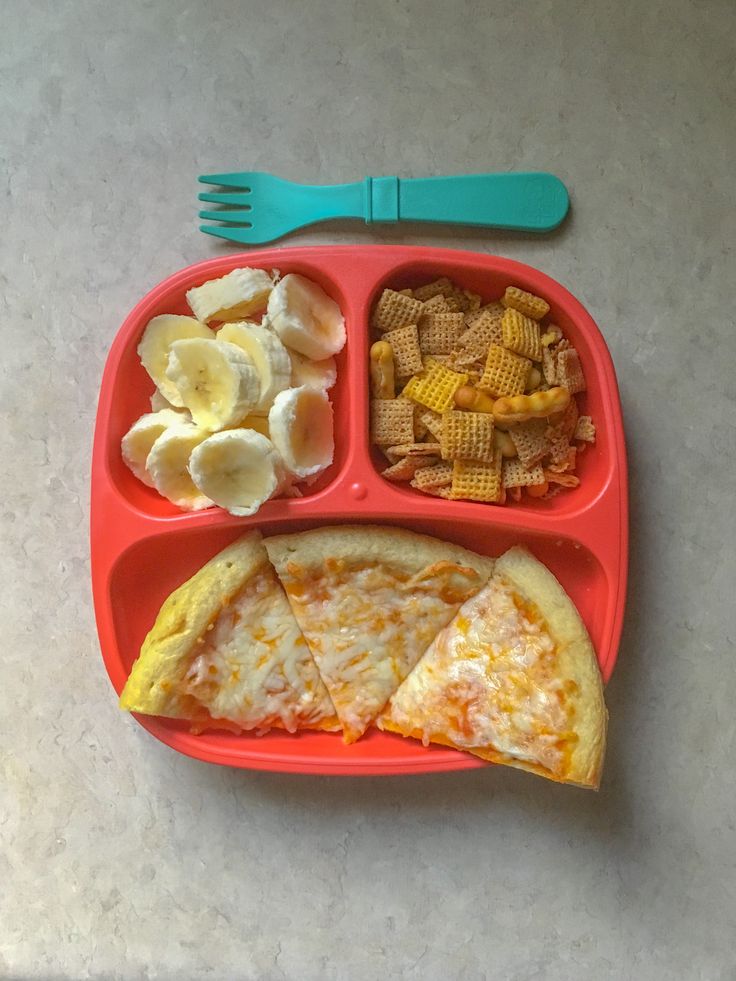
Protein foods that your three-year-old can eat (when cooked soft)
Protein comes in more than just meat. There are lots of protein foods that your three-year-old can eat. Make sure they are cooked soft and diced, or served in safe ways.
- Meatballs
- Eggs
- Chicken
- Fish
- Peanut butter or nut/seed butters (spread on a cracker or bread, or mixed into something)
- Ground up nuts or seeds mixed into other foods like yogurt or applesauce
- Beans
- Dairy: milk, cheese, yogurt
- Tofu
- Lentils
- Hummus
- Lamb
- Pork
- Beef
Serve a protein food at every meal and snack. This trick and having a toddler feeding schedule, can help toddlers not ask for snacks every 10 minutes!
Fat sources for your three-year-old
Preschoolers need fat for their brain development. They also need fat for energy, to keep them going throughout the day. We can serve foods that already have fat in them like meat or dairy, or we can add fat to our cooking and serving. Here are some great sources of fat for three-year-olds.
Here are some great sources of fat for three-year-olds.
- Butter
- Coconut oil
- Avocado oil
- Avocado
- Full-fat dairy: milk, cheese, yogurt
- Nut and seed butters (spread on crackers or bread, or mixed into other foods)
- Fatty fish (salmon, sardines)
- Ghee
Fruits and veggies for three-year-olds
Your three-year-old can eat any fruits and veggies that you serve with your own meals and snacks, as long as they are prepped in a safe way. The more variety they see, the more likely they will be to try new foods and keep eating a larger variety of foods. The more often your preschooler sees fruits and veggies, the better. Serving a green and an orange veggie daily helps them get enough vitamin A and other important vitamins and minerals.
Here’s a short list of green and orange veggies to focus on:
- Broccoli
- Cooked greens
- Carrots (served cooked soft, shredded, or in thin matchsticks)
- Sweet potatoes
- Pumpkin
Other fruits and veggies like bell peppers, oranges, strawberries, and kiwi fruit help your child get the vitamin C they need to absorb iron into their body.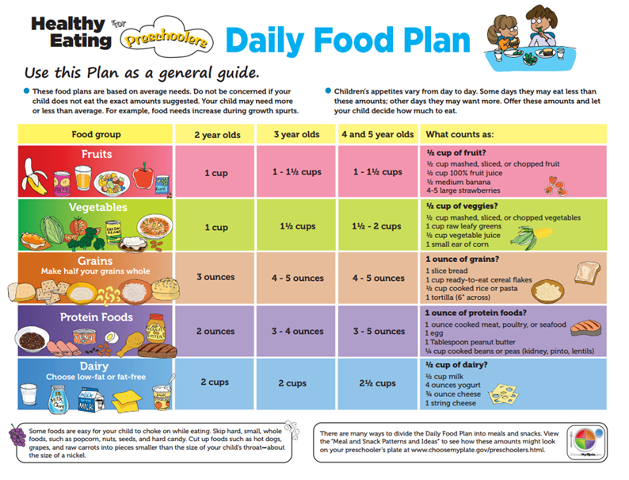
If you can, add some color to every snack. That means adding a fruit and/or veggie whenever you serve food. Adding color helps them get the nutrients they need and helps keep them familiar with veggies and fruits.
Read about the best vegetables and fruits for kids.
Energy foods for three-year-olds
Three-year-olds are busy! That’s why we need to provide plenty of energy foods like whole grains, starchy veggies, and fruit. It’s easy to find yourself in a constant cracker and granola bar cycle with preschoolers. I’m not down on granola bars, but we can’t stop serving a variety of foods, just because our preschoolers are in love with a specific packaged snack. In addition to some packaged snacks, see how many other energy foods you can include in your child’s diet this week.
- Beans/peas/lentils
- White potatoes
- Bread
- Oats (cooked)
- Sweet potatoes
- Quinoa
- Dried fruit that has been cut into small pieces, cooked and softened, or cooked into things
- Homemade muffins
Free Child Feeding Guide: From Stress to Success: 4 Ways to Help Your Child Eat Better Without Losing Your Mind
Prevent choking when deciding what to serve your three-year-old
Even three-year-olds are still at a higher risk for choking, so we need to modify.
Here are some common choking hazards for kids under 4:
- Raw veggies
- Marshmallows
- Whole grapes and cherry tomatoes
- Popcorn
- Whole nuts and seeds
- Tough meat
- Chunks of nut butters
- Hot dogs and sausages
- Chunks of cheese
- Gum
- Hard candy, chewy candy
To prevent choking
- Modify – soften or dice
- Sit – make sure your child is sitting in a chair while eating
- Avoid some foods that cannot be modified
- Be prepared if something does happen
What do three-year-olds eat?
Here is a sample menu for the foods that could be served to your three-year-old. I haven’t included portion sizes here, because it’s so important that your preschooler be allowed to choose what portion sizes are right for them. It’s the child’s job to decide how much to eat!
Start with small portions, about 2 tablespoons of each type of food on their tray or plate. They will let you know if they want more of a specific type of food. If they don’t want to eat, don’t pressure them.
They will let you know if they want more of a specific type of food. If they don’t want to eat, don’t pressure them.
Sample menu for a three-year-old
Breakfast: peanut butter toast with sprinkles, banana, and milk
Morning snack: full-fat yogurt, thinly sliced apples
Lunch: tuna sandwich, fruit, and matchstick carrots
Afternoon snack: hummus, crackers, and thinly sliced veggies
Dinner: spaghetti and meatballs with broccoli and salad
Looking for more meal ideas? See our blog for healthy toddler lunches and snack ideas for kids.
Feeding My Three-Year-Old Is Really Hard for Me
Actually figuring out what to feed your three-year-old is only the half of it. Feeding preschoolers can be confusing, tricky, and defeating.
If you’re struggling with your child because they won’t eat any of these foods, you may have a three-year-old picky eater. Here are a few places where you can find help for your specific issue, whether you consider your three-year-old a toddler or a preschooler, all of these articles will help!
- Getting your toddler to eat: the 1 most important thing you can do
- Everything you need to do if your toddler is not eating
- The eating routine that will end your food battles
If you need more help, here’s help for a few commonly asked questions:
- My toddler is throwing food!
- My toddler is not eating dinner
- My toddler is refusing to eat anything but milk
Union of Pediatricians of Russia
Nutrition for children from 1 to 3 years of age
The period from 1 to 3 years of life is a crucial stage in the transition to an adult type of nutrition, which has certain features.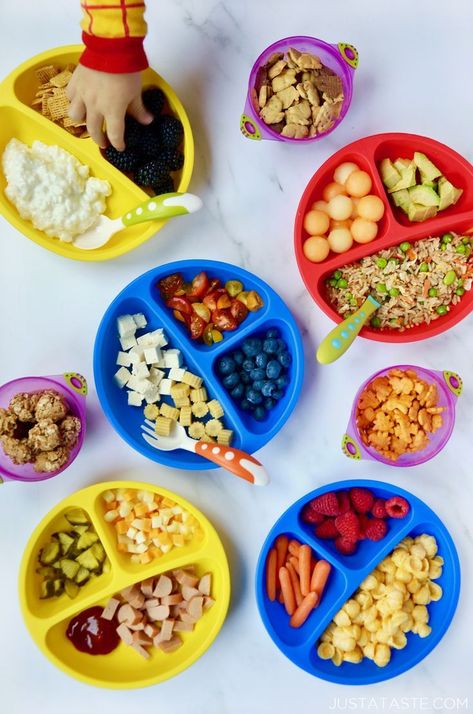 In order to ensure that all the necessary nutrients enter the child's body and at the same time prevent an excess of individual nutrients, nutrition should be balanced and varied.
In order to ensure that all the necessary nutrients enter the child's body and at the same time prevent an excess of individual nutrients, nutrition should be balanced and varied.
The daily amount of food for children aged 1 to 1.5 years should be 1000-1200 g, from 1.5 to 3 years - 1200-1500 g, the amount of food in one feeding should not exceed 300-350 ml. The diet consists of three main meals per day and two snacks. It is considered optimal when breakfast is 25% of the total energy density of the diet, lunch is 30–35%, dinner is 20%, and additional meals are about 10%. In general, the child can eat the same food as the rest of the family.
In the diet of a child 1-3 years of age , must be present daily: animal or poultry meat, dairy and sour-milk products, vegetables, fruits, bread, cereals, vegetable and butter; fish and eggs are included in the diet 2-3 times a week.
Cereal products: bread - 2-3 servings per day, cereals and side dishes - 1 time per day
Fruit and/or vegetables: at least 5 times a day
Dairy products: at least 3 servings per day (including those used to make porridge, yogurt, fermented milk drinks, cottage cheese, infant formula or breast milk).
Domestic pediatricians recommend, when compiling a diet for children aged 1–3 years, preference should be given to specialized children's dairy products of industrial production that meet high quality requirements and safety indicators for this age. Most children's dairy products are additionally enriched with vitamins and/or minerals and other biologically active components, taking into account the physiological needs of children of this age. At the same time, in foreign recommendations, children over 1 year old are offered the gradual introduction of whole cow's milk, which is rich in fats necessary for proper growth and development, the absorption of vitamins A and D, the development of the child's brain and nervous system.
Meat dishes: 2-3 times a day
Fish dishes: 2-3 servings per week
Eggs: 2-3 per week
Dietary fats: 3-4 teaspoons of butter and/or vegetable oils per day
When cooking, use the minimum amount of salt and sugar, and do not add them to industrial products.
Offer your child a variety of foods and let them choose for themselves. Children love to eat on their own, so if possible, offer food that the child can eat with their hands.
It is important to remember that a baby can choke on pieces of food, so whatever you give your baby should be crushed or cut into small pieces that can be easily chewed.
Do not give to a small child: nuts, whole grapes, cherry tomatoes (unless quartered), whole carrots, seeds (such as pumpkin or sunflower seeds), round candies, legumes, raisins, because a child can eat them choke.
Also in the diet of children of the first 3 years of life should not be present:
Mushrooms; canned snacks, pickled vegetables and fruits
Home canned food
Dry concentrates for side dishes
Hot sauces, mustard, horseradish, pepper, vinegar, mayonnaise
Natural coffee
Juices and drinks in the form of dry concentrates; sweet carbonated drinks
Products containing food additives (flavorings, dyes of artificial origin, including chewing gum), popcorn
Combined fats; cakes and pastries
It is important to remember that children of this age should not be given too spicy and spicy foods.
how to feed a child aged 3-7 years - "Healthy Child Internet Cabinet"
Nina Anatolyevna Toritsyna
Chief Children's Dietitian of the Health Department of the Administration of Yekaterinburg
From birth, the baby, along with food, receives useful substances that form his immunity and ensure normal development. At preschool age, proper nutrition is also very important so that the child can endure school loads comfortably, be healthy and active in the future.
Most children aged 3 to 7 spend most of their time in kindergarten, which is responsible for organizing a balanced diet in accordance with age. It is also necessary to observe the principles of rational nutrition at home:
Important: strict adherence to the diet!
- the menu should be varied;
- nutrition should supply the child's body with energy, trace elements, vitamins and other useful substances;
- food must be properly handled and prepared (boiled, steamed, stewed, baked).

In order for the child to grow up active, mobile and healthy, it is important for parents to provide his menu with the main useful substances and monitor the sufficient number of calories :
| 3 years | 4-6 years | 7 years | Where are kept |
| Proteins | Animal proteins: meat, fish, milk and dairy products, eggs. Vegetable proteins: bread, cereals, legumes, vegetables | ||
| Fats | Butter and vegetable oil, milk and dairy products, meat, fish | ||
| Carbohydrates | Sugar, fruits, confectionery |
In addition to the above useful substances, the child should receive trace elements and minerals . They are responsible for the proper development and functioning of the whole organism.
They are responsible for the proper development and functioning of the whole organism.
Table of the average daily norm of the physiological need of the body for the main micro and macro elements
| Name | Function | Source (products containing the element) | Daily allowance for children 3-7 years old |
| Calcium | Formation of bones and teeth, blood coagulation systems, processes of muscle contraction and nervous excitation. Normal heart function. | Milk, kefir, fermented baked milk, yogurt, cheese, cottage cheese. | 800-1100 mg |
| Phosphorus | Participates in the construction of bone tissue, the processes of storage and transmission of hereditary information, the conversion of food energy into the energy of chemical bonds in the body. | Fish, meat, cheese, cottage cheese, cereals, legumes. | 800-1650 mg |
| Magnesium | Synthesis of protein, nucleic acids, regulation of energy and carbohydrate-phosphorus metabolism. | Buckwheat, oatmeal, millet, green peas, carrots, beets, lettuce, parsley. | 150-250 mg |
| sodium and potassium | They create conditions for the emergence and conduction of a nerve impulse, muscle contractions and other physiological processes in the cell. | Table salt is sodium. Meat, fish, cereals, potatoes, raisins, cocoa, chocolate - potassium. | Not exactly established |
| Iron | A component of hemoglobin, the transport of oxygen in the blood. | Meat, fish, eggs, liver, kidneys, legumes, millet, buckwheat, oatmeal. | 10-12 mg |
| Copper | Necessary for normal hematopoiesis and metabolism of connective tissue proteins. | Beef liver, seafood, legumes, buckwheat and oatmeal, pasta. | 1 - 2 mg |
| Iodine | Participates in the construction of thyroid hormone, provides physical and mental development, regulates the state of the central nervous system, cardiovascular system and liver. | Seafood (sea fish, seaweed, seaweed), iodized salt. | 0.06 - 0.10 mg |
| Zinc | Essential for normal growth, development and puberty. Maintaining normal immunity, sense of taste and smell, wound healing, absorption of vitamin A. | Meat, ryaba, eggs, cheese, buckwheat and oatmeal. | 5-10 m |
A sufficient amount of vitamins in the daily diet of children is the key to the proper functioning of all vital processes.
Vitamins are practically not synthesized by the body itself, so parents must always control that they are supplied to the child in sufficient quantities with food. At the same time, their insufficient amount can cause a number of diseases.
Table of the average daily norm of the physiological need of the body for basic vitamins
| Name | Function | Foods containing the vitamin | Daily allowance for children 3-7 years old |
| B vitamins | |||
| IN 1 | Necessary for the normal functioning of the nervous system, cardiac and skeletal muscles, organs of the gastrointestinal tract. | Wholemeal bread, cereals, legumes (peas, beans, soybeans), liver and other offal, yeast, meat (pork, veal). | 0.8 - 1.0 mg |
| AT 2 | Maintains the normal properties of the skin, mucous membranes, normal vision and blood formation. | Milk and dairy products (cheese, cottage cheese), eggs, meat (beef, veal, poultry, liver), cereals, bread. | 0.9 - 1.2 mg |
| AT 6 | Supports the normal properties of the skin, the functioning of the nervous system, hematopoiesis. | Wheat flour, millet, liver, meat, fish, potatoes, carrots, cabbage. | 0.9 - 1.3 mg |
| AT 12 | Supports hematopoiesis and normal functioning of the nervous system. | Meat, fish, offal, egg yolk, seafood, cheese. | 1 - 1.5 mcg |
| PP (niacin) | Functioning of the nervous, digestive systems, maintaining normal skin properties. | Buckwheat, rice groats, wholemeal flour, legumes, meat, liver, kidneys, fish, dried mushrooms. | 10-13 mg |
| Folic acid | Hematopoiesis, body growth and development, protein and nucleic acid synthesis, prevention of fatty liver. | Wholemeal flour, buckwheat and oatmeal, millet, beans, cauliflower, green onions, liver, cottage cheese, cheese. | 100-200 mcg |
| WITH | Regeneration and healing of tissues, maintaining resistance to infections and the action of poisons. Hematopoiesis, permeability of blood vessels. | Fruits and vegetables: rose hips, black currants, sweet peppers, dill, parsley, potatoes, cabbage, cauliflower, mountain ash, apples, citrus fruits. | 45-60 mg |
| A (retinol, retinal, retinoic acid) | Necessary for normal growth, development of cells, tissues and organs, normal visual and sexual function, ensuring normal skin properties. | Liver of marine animals and fish, liver, butter, cream, sour cream, cheese, cottage cheese, eggs, carrots, tomatoes, apricots, green onions, lettuce, spinach. | 450-500 mcg |
| D | Participates in the processes of calcium and phosphorus metabolism, accelerates the process of calcium absorption, increases its concentration in the blood, provides deposition in the bones. | Butter, chicken eggs, liver, liver fat from fish and marine animals. | 10-2.5 mcg |
| E | Antioxidant, supports the work of cells and subcellular structures. | Sunflower, corn, soybean oil, cereals, eggs. | 5-10 mg |
Thus, the diet of a preschool child should include all food groups.
Diet
It is best to make a menu for a child a few days in advance, so parents can make sure that it turns out to be varied and contains the necessary nutrients.
Here is a sample menu for children from 3 to 7 years old for week :
| Day of the week | Breakfast | Lunch | Dinner | afternoon tea | Dinner | Second dinner |
| Monday | Buckwheat porridge with milk | Juice or fruit | Salad | Kefir | Carrot-apple casserole | Fermented milk product |
| Tuesday | Fish baked with vegetables | Juice or fruit | Vitamin salad | Milk | Curd casserole | Fermented milk product |
| Wednesday | Milk rice porridge | Juice or fruit | Beet-apple salad | Yoghurt | Omelet | Fermented milk product |
| Thursday | Macaroni with grated cheese | Juice or fruit | Green pea salad | Tea | Vegetable stew | Fermented milk product |
| Friday | Herculean milk porridge | Juice or fruit | Carrot-apple salad | Ryazhenka | Cottage cheese pancakes with sour cream | Fermented milk product |
| Saturday | Barley milk porridge | juice or fruit | Cabbage-apple salad | Kefir | Fritters (pancakes) with jam | Fermented milk product |
| Sunday | Fish in Polish | Juice or fruit | Carrot salad | Milk | Vegetable casserole | Fermented milk product |
How to teach a child the correct behavior at the table?
From the age of 3, it's time to teach the baby to behave properly at the table.

 Maintains acid-base balance in the blood.
Maintains acid-base balance in the blood.  Quince, figs, dogwood, peaches, blueberries, rose hips, apples.
Quince, figs, dogwood, peaches, blueberries, rose hips, apples. 
 Participates in carbohydrate metabolism.
Participates in carbohydrate metabolism. 
